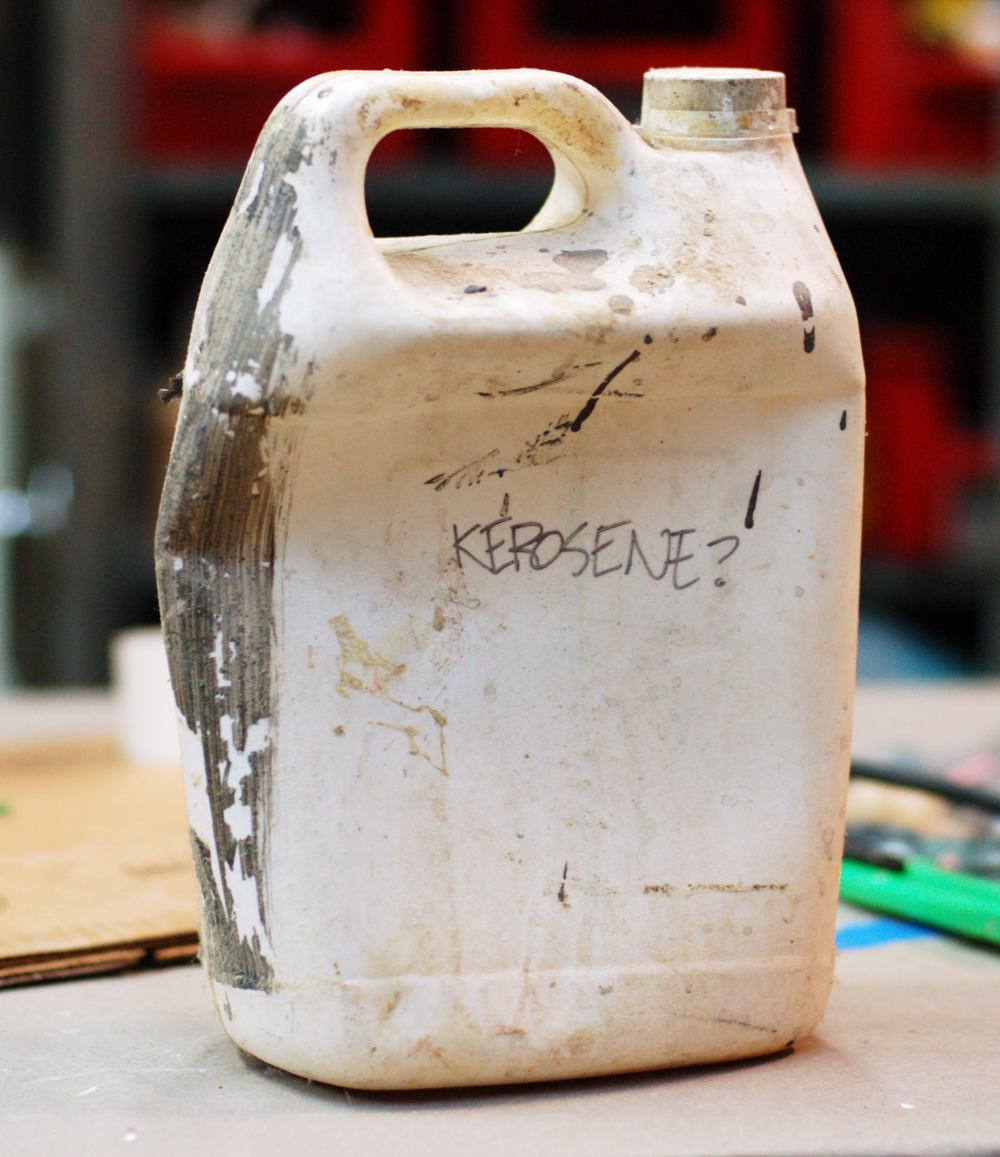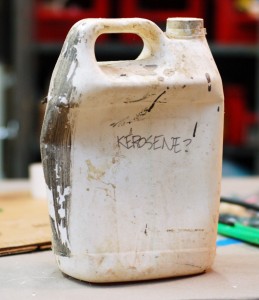On March 25, 1911, 146 workers perished in the Triangle Shirtwaist Factory fire, one of the deadliest industrial accidents in US history. One hundred years later to the day, and only three blocks over, me and my fellow coworkers at the Public Theater found ourselves evacuating our building during a fire alarm.

I’m not sure whether this was a fire drill, an alarm tripped because of construction or an actual fire situation. Whatever the reason, it stood as a good reminder of the necessity for fire drills as part of any theatre’s fire safety plan. The next time the alarm’ go off, everyone who was part of this evacuation will remember what to do and respond more quickly. As long as these drills happen regularly, enough people will know what to do and be able to guide any new employees and visiting artists to safety.
The Triangle Shirtwaist Factory fire was such a horrible accident due to gross negligence and mistreatment of the workers on the part of the owners. I try not to inject politics into this blog, but the following statement is more fact than opinion: unions have had a large part in improving workplace safety for all workers, both union and non, so that such incidents are less likely to happen today. Nancy Goldstein does a good job of summarizing the lessons learned from the Triangle Factory fire.
This is not an article about unions though; it is about fire safety. Fire drills such as the one we experienced are just one part of a complete fire safety plan in a theatre.
Some directors and producers seem downright offended when they feel they must compromise their production to facilitate fire regulations. “Why can’t we cover these exit signs?” “Why can’t we place this scenery in front of these doors?” “Why can’t these doors remain propped open?”
Yes, it may seem silly to have to follow all these often inconvenient regulations even though the building is not currently on fire. That’s the point; you can’t suddenly uncover the exit signs, clear the paths and tell your employees where to go once a fire starts. It’s like skydiving; for the majority of the trip, you’ll be fine without a parachute. But if you don’t wear one on the way out the plane, that last little bit at the end is going to hurt a lot.
The reporters at Backstage Jobs have already done a fine job of covering theatre fire safety in the past few months. Last December was the anniversary of one of the worst theatre fires in American history; the Iroquois Theatre fire in Chicago claimed 602 lives. In “Lest we forget…“, Patrick Hudson writes:
Some exit doors were covered by drapes; some opened inward; some were “decorative†and not actually exits; some opened onto incomplete fire escapes (patrons fell or jumped to their deaths on the brick paved alley below, piling up to the point where their bodies created enough of a cushion to allow others to survive the fall) some were simply locked…
[W]hen stagehands and performers opened the stage door to escape, fresh air was supplied to the fire, which flashed over into the house (as there was no fire curtain to stop it, or open loft to chimney it) toward the open exit doors at the top of the balcony. Those that were not killed outright (some decapitated by the force) understandably panicked and joined in the push for the doors. Many were crushed or trampled, most were then killed by the smoke and fumes. When firefighters entered the theatre, an estimated 15 minutes after the fire had started, bodies of those who died at some of the exits were piled seven deep. Over 200 of those killed were young children. In some cases, entire families were killed.
What is particularly striking in all of these examples is how the disregard of fire safety rules and practices is the key factor. Hudson writes, “While some new laws were enacted in the aftermath, most of the problems were the result of violations of the existing laws.” You can say “new buildings are safer than old ones” or “we have better laws now” or “we’re smarter than people back then” or any number of commonly-heard excuses, but they do not hold up to the reality of the situation. The Iroquois Theater fire happened in a building that was brand new. Many of the factors which amplified the fire were due not to lack of knowledge or old technology, but by the fact that the current rules, regulations and technology were not being used. In other words, the fire could have been kept under control or even avoided even with the weaker laws and technology of the time.
Fire regulations do not stop fires from spreading. You need to implement these fire regulations and enforce them to actually have an effect. Hudson concludes his article with a list of basic fire safety equipment and procedures for theatres.
In a subsequent article, Backstage Jobs reminds us that “Fires happen in theatres. Really. Even now“. He shows a sampling of 14 theatres destroyed or damaged by fires in just the past 10 years. It is also just over a month since the eighth anniversary of the Station Fire in Rhode Island, in which one hundred people died because a small group of people chose to ignore basic fire regulations.
I hope you read all of this and take it to heart. The next time a director asks you to cover an exit sign, imagine telling a parent whose child was decapitated and burned alive that it was worth it because the lighting looked so much better.



